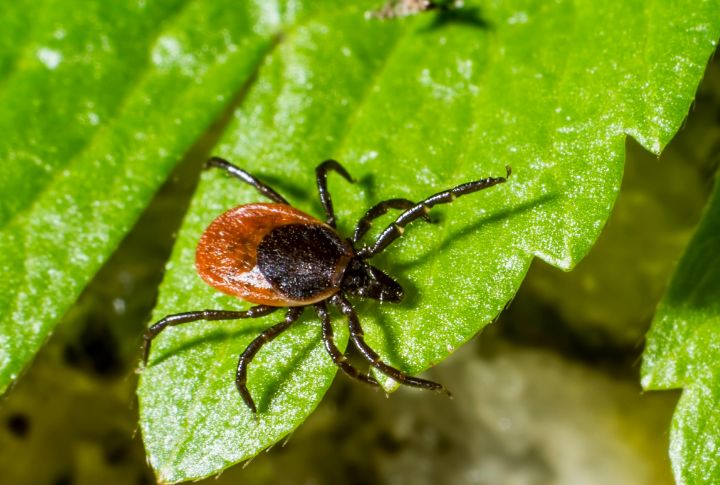
Ticks are hideous pests that carry diseases that are worse than their looks. If you let them, these bloodsuckers will cling to you, bury their face in your skin, and try to suck your blood. Knowing about them protects you, your loved ones, and your pets. On the other hand, ignorance may be a worse disease than the ones they carry. Here are 15 things you need to know about these pesky creatures.
Ticks are not Insects
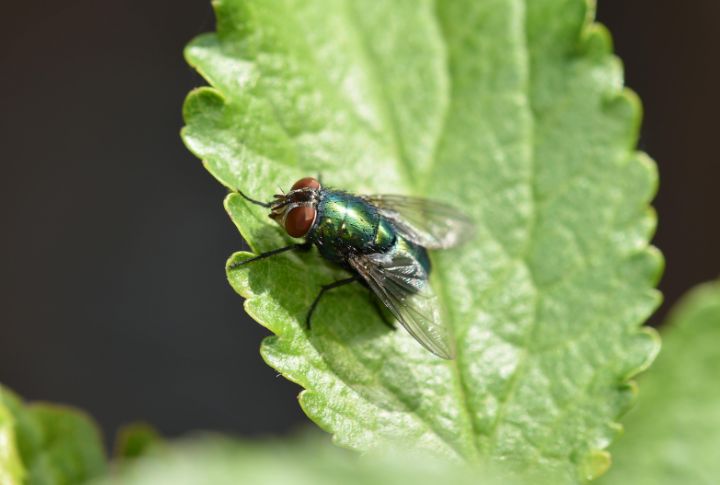
With such an appearance and feeding style, it’s easy to think ticks are part of the insect family, like flies, mosquitoes, or bugs. However, they are arachnids who share closer ties with spiders and scorpions. Ticks vary in size, from tiny poppy seeds to larger watermelon seeds, depending on their species and life stage. Worldwide, there are over 800 tick species, with around 90 living in the United States.
They are Bloodsuckers
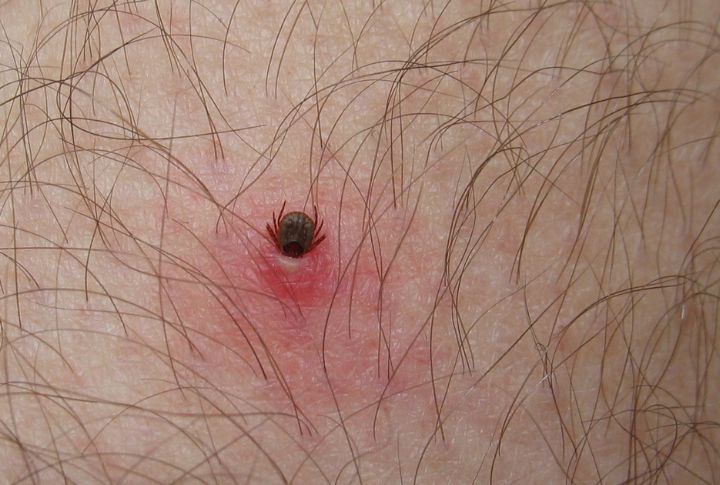
Unlike mosquitoes, ticks have a distinct feeding process. Once they find a host, they choose a suitable feeding spot, use their chelicerae to cut into the skin, then bury their mouthparts to suck blood. They sink them in place so hard that even when you remove them, their mouth remains in your skin. As if that’s not bad enough, they damage blood vessels with salivary secretions, creating a pool of blood for them to feed from. Despite their preferences, most ticks feed on whatever host they find, including humans, mammals, birds, reptiles, and amphibians.
They Stick Around for a Few Days
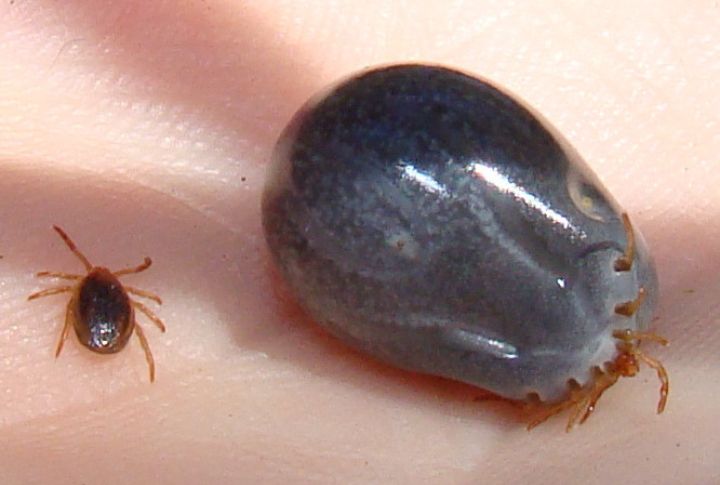
Upon finding a host, ticks penetrate the skin with their mouthparts, inject a combination of blood-thinning, numbing, and immune system-modulating substances, and feed for 2-3 days. Female ticks can double in size to accommodate egg-laying. Different from mosquitoes, ticks may remain attached for days, preparing and feeding for hours before detection due to their small size. To make matters worse, they often target concealed areas like the scalp, groin, and armpits.
Ticks Carry and Spread Multiple Diseases at Once
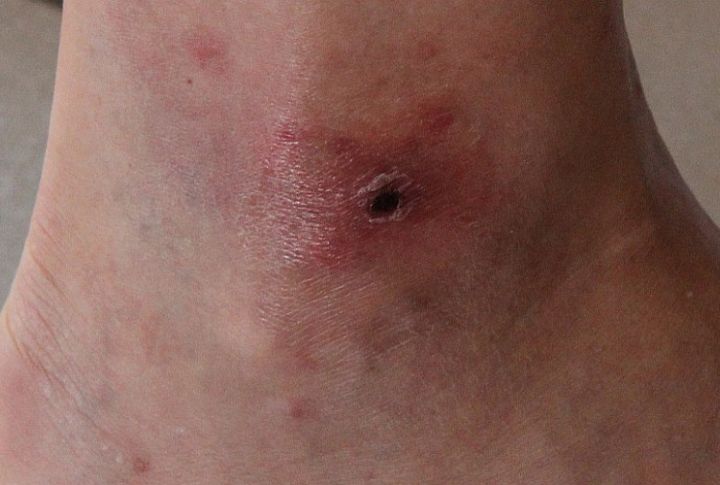
As ticks climb from host to host, they infect them with pathogens and pick up disease-causing bacteria. They’re well-known vectors of illnesses like Lyme disease, Rocky Mountain spotted fever, tularemia, and babesiosis. Most can trigger fever, fatigue, headache, muscle ache, or erythema migrans (EM). In some species, a slight pink rash may appear two to four days after infection. If left untreated, tick-borne diseases can lead to severe long-term health complications such as neurological issues and joint pain.
Lyme Disease Rates Have Been Steadily Rising
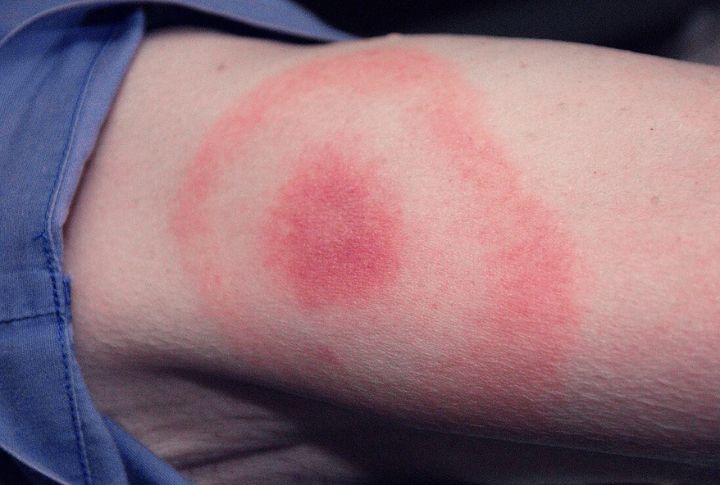
Since 1991, CDC records indicate an upward trend in infection rates. Previously, they reported that health centers diagnosed and treated about 300,000 Americans annually. However, reviews from insurance claims in 2010–2018 suggest around 476,000 cases. However, these figures may be lesser as some patients could’ve received treatment without infection. In 2019, CDC data displayed expanded Lyme disease distribution across US states, with the highest case counts in Maine, New Hampshire, Vermont, Pennsylvania, West Virginia, Minnesota, New Jersey, Maryland, Connecticut, New York, Wisconsin, Virginia, Delaware, and Rhode Island.
Tick Bites Can Cause Allergic Reactions
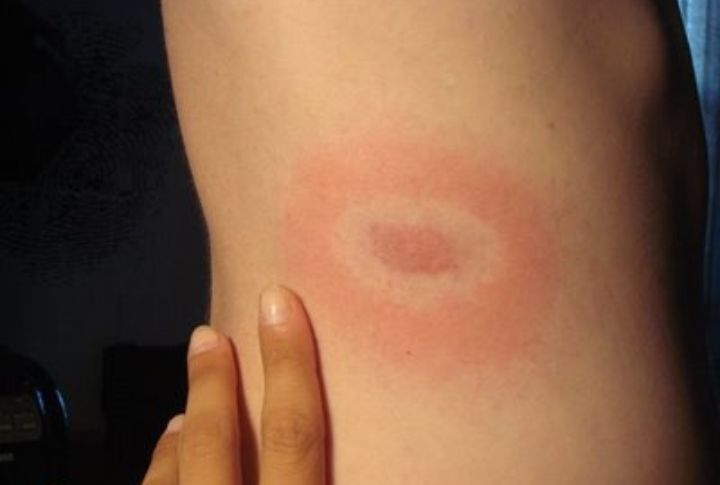
Besides the signs of disease, ticks may trigger allergic reactions in individuals, manifesting as itching, redness, and swelling at the bite site. If you have a red ring around the tick bite under 5 centimeters that disappears within days, it’s an allergic reaction, not necessarily Lyme disease. The CDC confirms that about 20 percent of people with ticks won’t display the typical bulls-eye rash but may later experience symptoms such as joint pain, muscle pain, meningitis, or encephalitis.
Their Saliva Hides Them Well
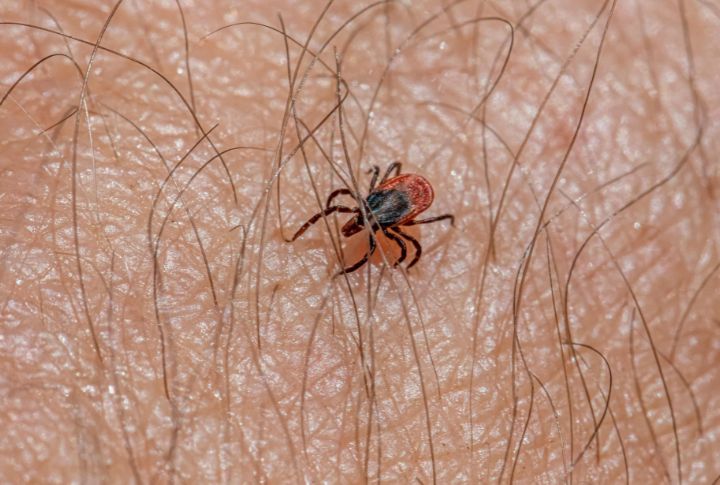
Ticks secrete a complex mixture of chemicals in their saliva, which serves various purposes during feeding. One of these components is an anesthetic substance that helps them to remain undetected while feeding on their host’s blood. This anesthetic property of tick saliva numbs the area where the tick is attached, making it less likely for the host to feel their bite or irritation. So, these hideous pests can feed for a long without being disturbed.
You Can Protect Yourself Against Ticks

These animals often live in the meadow’s foliage, waiting for unsuspecting hosts to pass by. When in grassy or tick-prone areas, protect yourself by tucking pants into boots, applying insecticide, or wearing clothing treated with permethrin. It’s essential to perform regular tick checks after spending time outdoors, especially in areas with ticks.
Your Pets Aren’t Safe from Ticks

When your furry friend enjoys the outdoors, inspect for ticks before they prance into your home. Ticks attack pets, too, meaning you must do regular checks and discuss preventive measures with a vet. You can also use routine heartworm testing to detect tick-borne diseases like Lyme, Anaplasma, or Ehrlichia.
Most Internet Home Remedies on Tick Removal are Useless

In December 2013, clinical reviews in the British Medical Journal (BMJ) analyzed internet-recommended ways to remove ticks. They discredited methods like petroleum jelly, gasoline, or nail polish, as ticks can survive with no air. Similarly, the 2020 Lyme guidelines from the Infectious Diseases Society of America warned against burning ticks due to the high risk of burns or house fires.
The Proper Way to Get Rid of Ticks
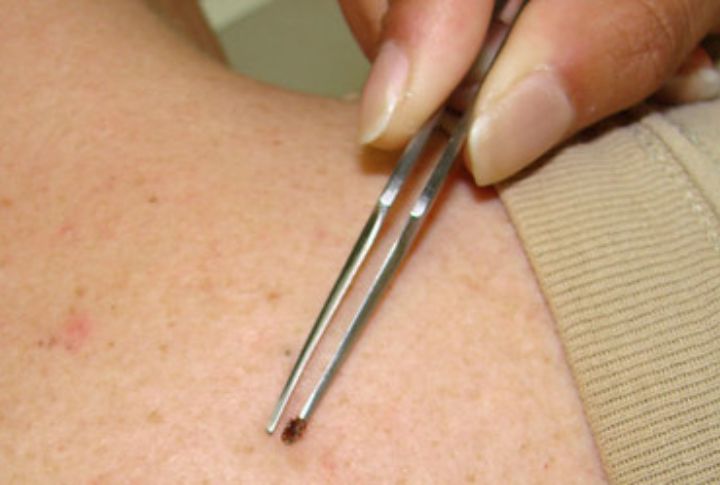
The animals are common in wooded and grassy areas, as well as in gardens and yards, and can stick humans and animals for several days to feed on blood. To safely remove a tick, use tweezers with fine tips to grasp the last closest to the skin and pull straight out with steady pressure. Avoid jerking, twisting, or breaking the tick, as it can squeeze germs further into the bite. If the head detaches from the body during the process, don’t bother; the tick is dead, and the body part will fall out on its own.
Ticks Can be Active Year-Round
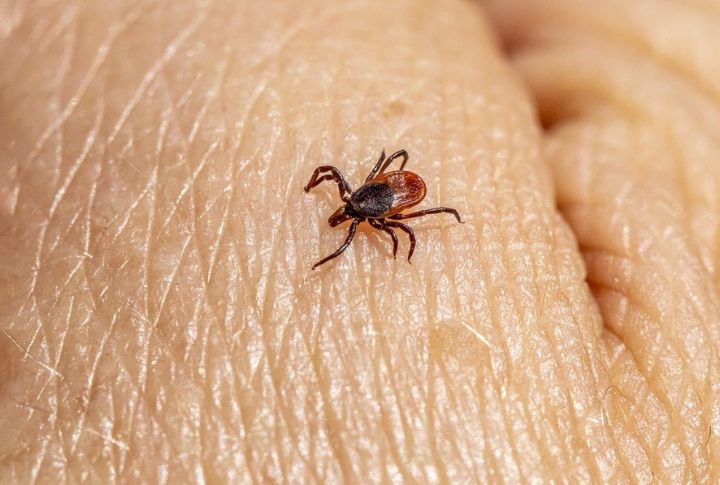
While they stay active all year, ticks are most common in warmer months. Certain tick species can survive for months without feeding, showing their resilience and can endure even snowy conditions. Michael W. Dryden, a veterinary parasitology professor at Kansas State University, noted that ticks need temperatures below 10 degrees F for a prolonged period to begin dying.
Ticks Have Long Lifespans, and Ticks Can Survive Without Food for Long Periods
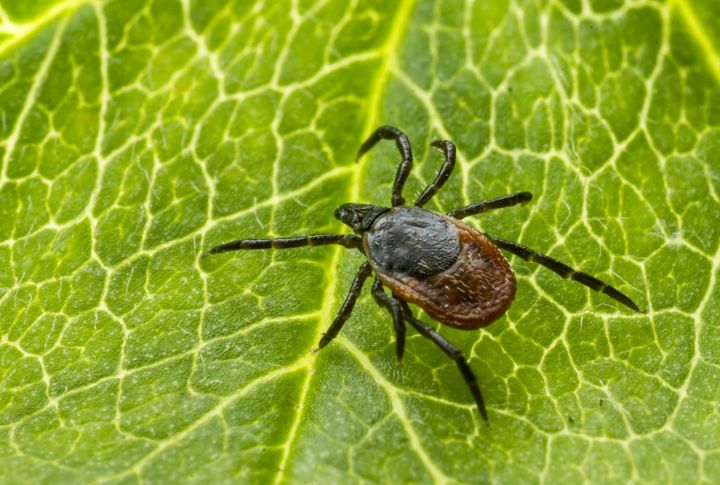
Ticks are known for their remarkable ability to survive extended periods with no food. These resilient creatures, such as certain African species, can live up to eight years without feeding. Unlike many pests with shorter lifespans, ticks can persist for 2-3 years, posing challenges in their control and eradication efforts.
Tick Prevention Measures are Simple

You can prevent tick bites by applying insect repellent, wearing protective clothing, and conducting regular tick checks. The CDC advises using an EPA-registered repellent with 20% DEET and suggests insect-repellent apparel. Also, tumble-drying clothes on high heat for ten minutes can kill any ticks present. Creating a tick-safe zone around your home by mowing grass and removing leaf litter can help reduce tick populations.
Ignorance is a Disease, Get Educated

Some areas have pesticide-resistant ticks, warranting the need to monitor local tick populations. Understanding tick prevention and safe removal practices can help reduce the threat of tick-borne diseases. Likewise, knowing the right place to seek medical attention if you notice unusual symptoms after a tick bite or have exposure concerns is the first step to living tick-free.


Comments
Loading…